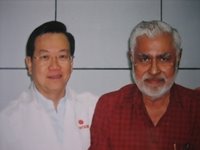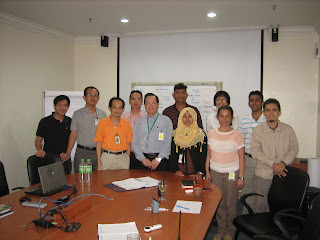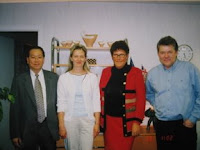Manufacturer:I understand you have answered this question of mine some time back. But hope you could answer again. My question: Is vulcanization of Natural Rubber latex similar to that of the dry rubber? What is the mechanism involved?
John JohnWoon: The possibility of vulcanizing the rubber molecules within the dispersed rubber particles in the Natural Rubber (NR) latex was first investigated by Philip Schidrowitz in the period 1914 – 1918. His idea was to use prevulcanised NR latex for making latex foam products in order to eliminate the vulcanization stage for economical reason.
Most of the subsequent studies by Schidrowitz and other researchers found that prevulcanised latex was generally not suitable for foam products due to the inherently poor gel strength.
(However, with some modification, a "hybrid" system based on prevulcanised latex could now be used successfully for making foam products such as mattresses and pillows).
While the chemistry of dry rubber vulcanization is complex, the mechanism of vulcanisation of rubber particles in latex is even more so and remains a wonder even today, almost 90 years after the advent of the discovery of prevulcanisation of latex. Unlike dry rubber, where the curatives could be intimately mixed and dispersed within the rubber matrix itself, similar curatives remain dispersed and suspended separately in the latex along with the rubber particles at least immediately after compounding and mixing. At best, the curatives could only collide with the rubber particles.
Many researchers had put forward their different schools of thoughts over the past decades. While some of these were contradictory with one another, others raised more questions
It seems likely that the first important step in the vulcanization of latex is the formation of sulphur-accelerator species in the serum which then becomes soluble in the presence of the hydrophilic non-rubbers. It is possible that the resultant active sulphurating agent attains some degree of surface active property. Hence a logical mode of transfer would be its absorption onto the rubber particle surface from the serum or the aqueous phase.
Once on the rubber particle surface, the sulphurating agent would loose some of its hydrophilic moieties resulting in an increase in the hydrophobicity enabling itself to migrate into the hydrophobic interior of the rubber particle to trigger the initial formation of polysulphidic cross-links followed by cross-link shortening with recycling of the sulphur into additional cross-linking, modification of polyisoprene chains etc.
Prevulcanised latex is therefore a compounded latex in which the molecules of the rubber particles are chemically cross-linked (i.e. vulcanised). However there is no change in rubber particle size, shape and particle size distribution, the latex still retaining its original fluidity and colloidal property.
Formulation could be designed to give different types and degree of cross-linking resulting in a varied range of prevulcanised latex for making products having different modulus with M700 (Modulus at 700% elongation) ranging from 9.0 MPa to 19.0 MPa, high heat resistance, low nitrosamine and nitrosatables, low copper-staining, sterilization resistance etc. All these could be made available both in high (0.6%) ammonia or low (0.3%) ammonia version.

















































.jpg)
.jpg)



.jpg)
.jpg)
.jpg)
.jpg)
.jpg)
.jpg)
.jpg)
.jpg)
.jpg)
.jpg)
.jpg)
.jpg)
.jpg)
.jpg)
.jpg)
.jpg)
.jpg)
.jpg)













































0 Comments:
Post a Comment
<< Home